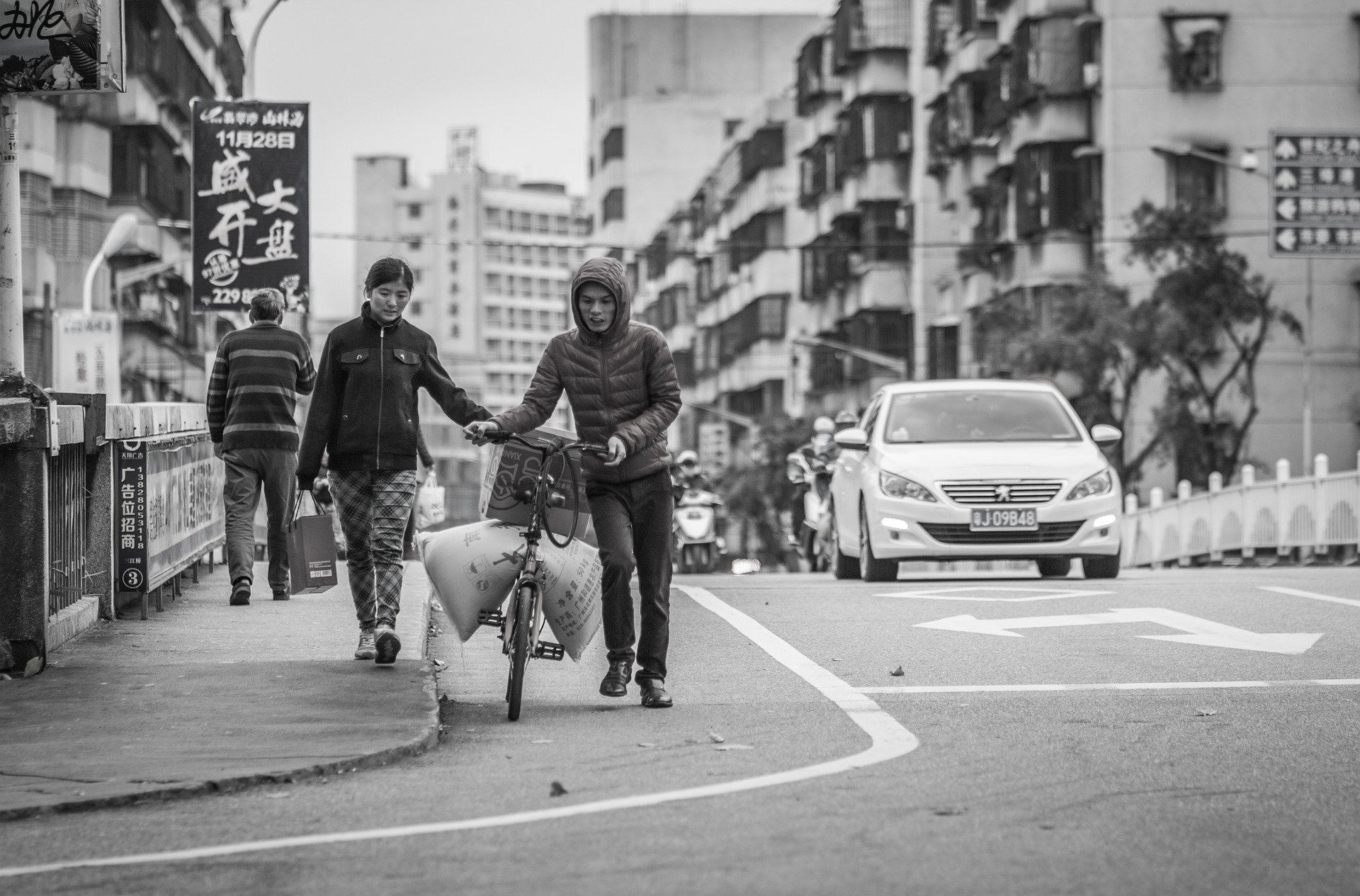The Facts About Street Photographers Uncovered
Table of ContentsIndicators on Street Photographers You Need To KnowThe Facts About Street Photographers UncoveredNot known Facts About Street PhotographersOur Street Photographers StatementsOur Street Photographers Statements
, a style of digital photography that documents daily life in a public area. The very publicness of the setting allows the professional photographer to take honest photos of unfamiliar people, usually without their expertise. Road digital photographers do not necessarily have a social objective in mind, yet they prefer to separate and catch moments which could otherwise go unnoticed.He was affected by many of those that affected the street digital photographers of the 1950s and '60s, he was not chiefly interested in catching the spirit of the road., that worked side by side with professional photographers attempting to record the significance of urban life.
Since of the comparatively primitive modern technology available to him and the long exposure time required, he had a hard time to record the pressure of the Paris roads. He explore a series of photographic approaches, attempting to find one that would certainly allow him to record movement without a blur, and he found some success with the calotype, patented in 1841 by William Henry Fox Talbot. Unlike Atget, professional photographer Charles Marville was hired by the city of Paris to develop an encyclopaedic document of Haussmann's urban planning task as it unravelled, hence old and brand-new Paris. While the photographers' subject was basically the very same, the results were noticeably various, demonstrating the impact of the professional photographer's intent on the personality of the photos he produced.
Things about Street Photographers
Provided the great quality of his photographs and the breadth of product, designers and musicians frequently got Atget's prints to use as recommendation for their very own job, though commercial rate of interests were rarely his main motivation. Instead, he was driven to picture every last remnant of the Paris he liked.

Unlike his peers, Brassa used a larger-format Voigtlnder video camera with a much longer exposure time, requiring him to be more computed and thoughtful in his practice than he could have been if making use of a Leica. (It is believed that he may not have actually been able to afford a Leica back then, however he did, nevertheless, use one in the late 1950s to take colour pictures.) Brassa's photos of the Paris abyss illuminated by fabricated light were a discovery, and the collection of the series that he published, (1933 ), was a major success.

10 Easy Facts About Street Photographers Shown
It is due to this essential understanding of the art of image taking that he is often credited with discovering the medium around once again about a century considering that its invention. He took photos for greater than a half century and affected generations of professional photographers to trust their eye and instinct in the minute.
These are the inquiries I will attempt to respond to: And afterwards I'll leave you with my own interpretation of street photography. Yes, we do. Let's kick off with specifying what an interpretation is: According to it is: "The act of specifying, or of making something definite, distinct, or clear".
No, certainly not. The term is both restricting and misleading. Sounds like a street photography must be pictures of a streets best?! And all street professional photographers, besides a little number of absolute newbies, will fully appreciate that a road is not the vital element to road digital photography, and really if it's an image of a road with maybe a few boring individuals doing nothing of rate of interest, that's not street digital photography that's a photo of a road.
Rumored Buzz on Street Photographers
He see here makes a valid factor don't you think? However, while I agree with him I'm not exactly sure "candid public photography" will certainly catch on (although I do type of like the term "honest digital photography") because "road digital photography" has actually been around for a long time, with lots of masters' names affixed to it, so I think the term is right here to stay.
You can fire at the beach, at a celebration, in a street, in a park, in a piazza, in a cafe, at a gallery or art gallery, in a metro station, at an event, on a bridge, under a bridge ...
The 25-Second Trick For Street Photographers
Yes, I'm afraid we scared no choice! Without rules we can not have a meaning, and without a meaning we do not have a genre, and without a category we do not have anything to specify what we do, and so we are stuck in a "rules meaning style" loop! - Street Photographers

Comments on “Rumored Buzz on Street Photographers”